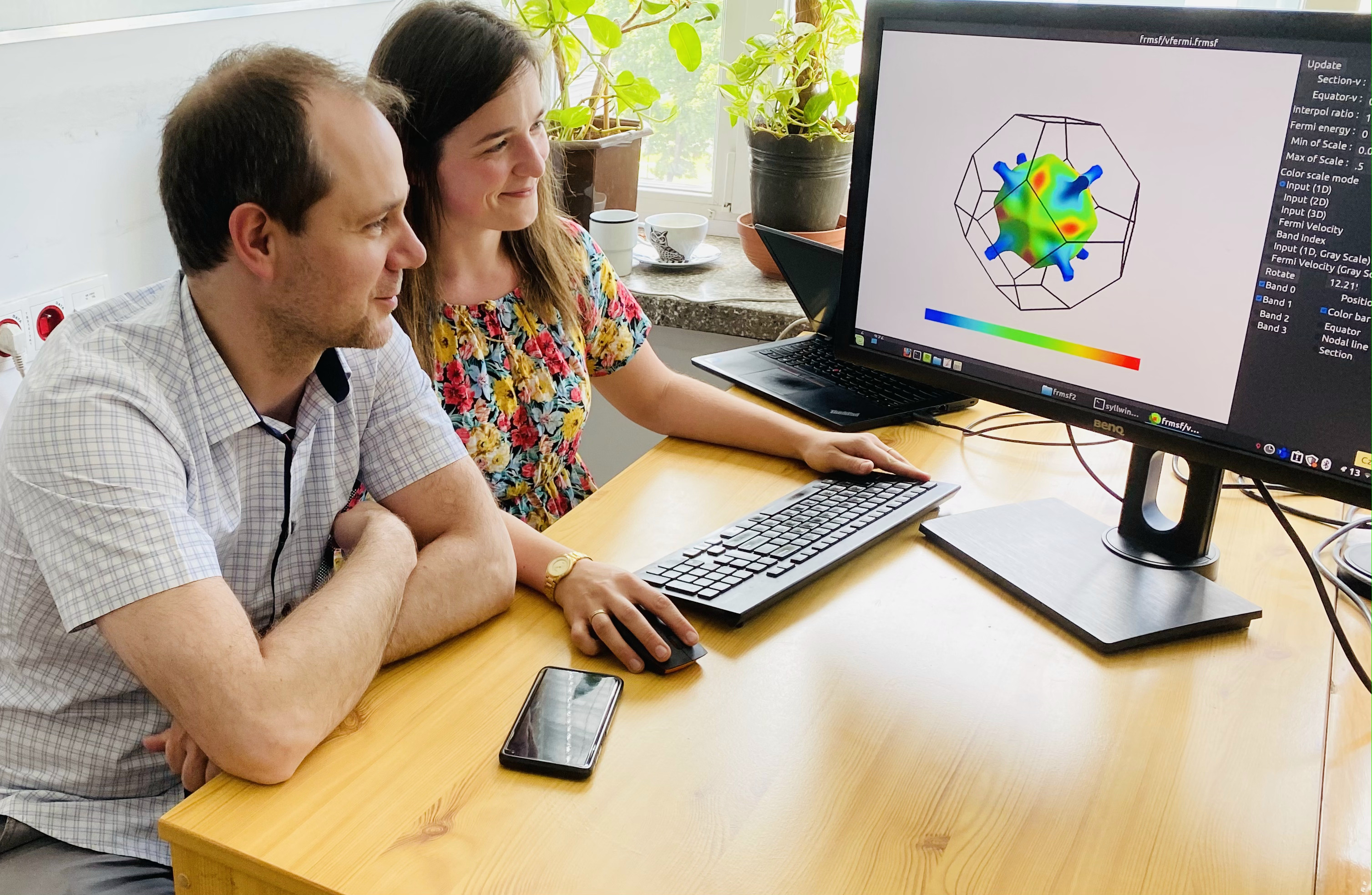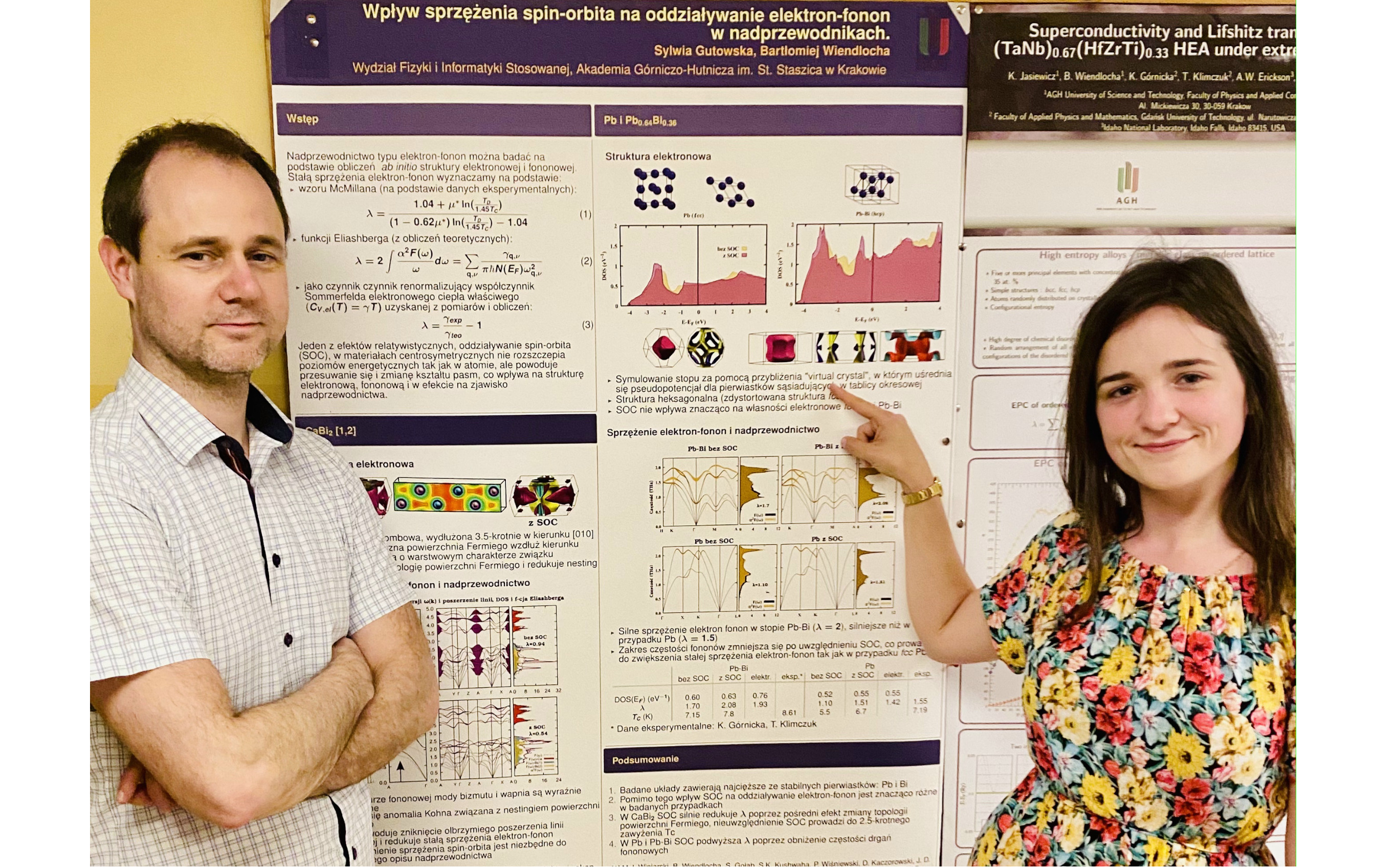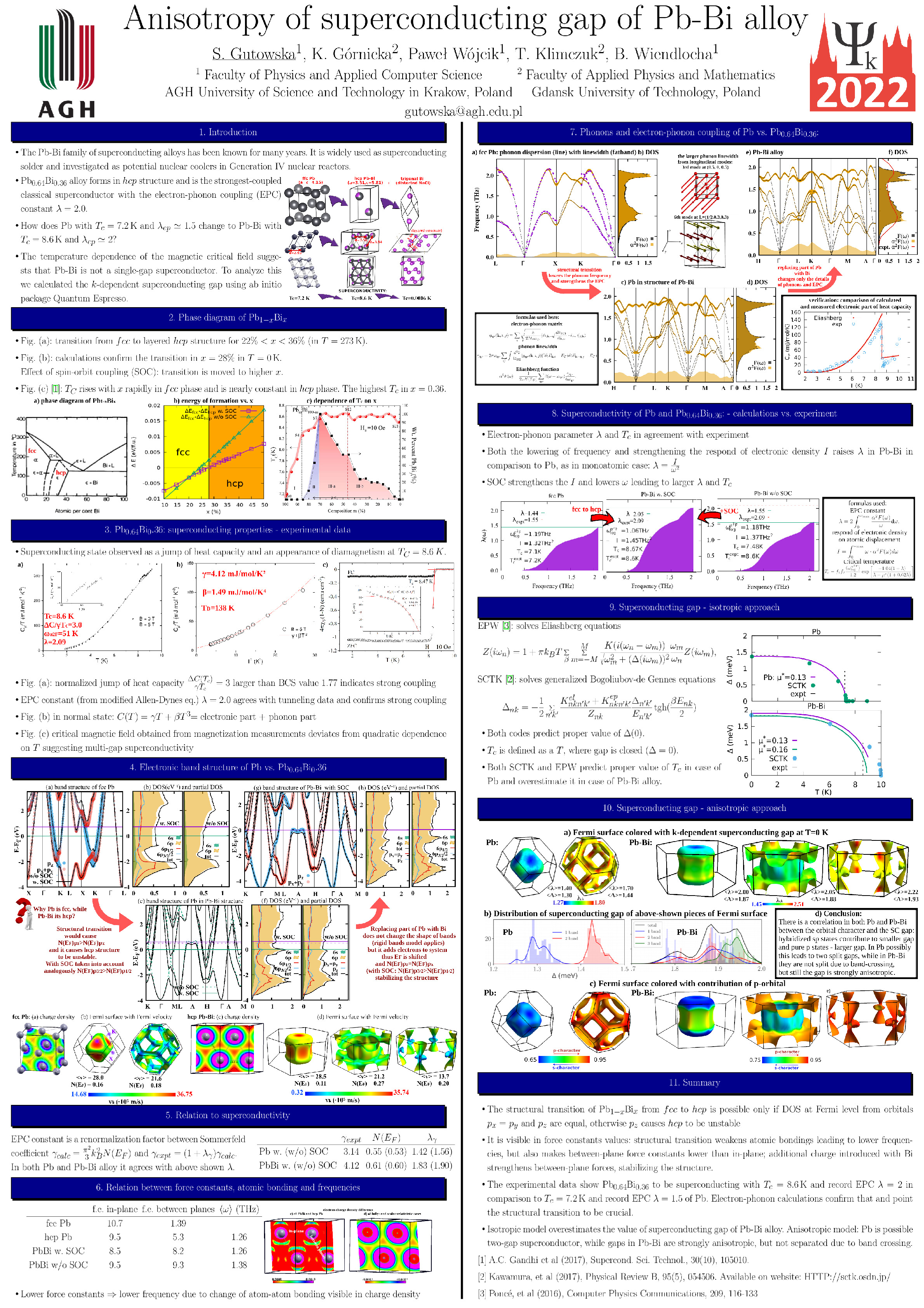Interdisciplinary Environmental Doctoral Studies "Physical, Chemical and Biophysical Foundations of Modern Technologies and Materials Engineering" (FCB) – Sylwia Gutowska

 Project title
Project title
Interdisciplinary Environmental Doctoral Studies "Physical, Chemical and Biophysical Foundations of Modern Technologies and Materials Engineering" (FCB) – Sylwia Gutowska
 Name of Beneficiary/Beneficiaries
Name of Beneficiary/Beneficiaries
Faculty of Physics and Applied Computer Science, AGH University of Science and Technology, Kraków
 Name of programme
Name of programme
Operational Programme Knowledge Education Development
 Competition
Competition
Interdisciplinary Environmental Doctoral Studies "Physical, Chemical and Biophysical Foundations of Modern Technologies and Materials Engineering" (FCB)
 Project value
Project value
PLN 10,123,883.00 for 75 beneficiaries
 Funding value
Funding value
PLN 134,895.00 per doctoral student
 Project delivery period
Project delivery period
from September 1, 2017 to August 31, 2022 (extended to October 31, 2023)
Get to know our team


See the effect of our work
In my work, I focused on theoretical research on superconductors, i.e. materials that exhibit zero electrical resistance and perfect diamagnetism (i.e. magnetic field displacement) below a certain critical temperature. These properties make superconductors an ideal candidate for applications in industry and everyday life. Unfortunately, the critical temperature of most superconductors is very low, which requires expensive cooling of these materials. Therefore, the main goal of this field of physics is to find a material that will be superconducting at room temperatures. My research focused on the analysis of factors influencing the critical temperature of superconductors.
I conducted the research using ab initio (first principles) computational methods, which allow calculating the quantum properties of materials based on little information about their crystal structure. On this basis, practical properties such as electrical or optical conductivity, or superconducting properties can be determined.
Posters presented at conferences:
Poster 1. "Materials and Mechanisms of Superconductivity", Vancouver, Canada in 2022,
Poster 2 "Psi-k Conference", Lausanne, Switzerland in 2022.
What problem does our project solve?
At work, I dealt with four groups of materials. They included crystalline materials such as: the compound of the heaviest and lightest stable metal LiBi, the Laves phases SrIr2 and SrRh and the compound with strong electronic correlations CeIr3, but also the Pb Bi alloy popularly used as a superconducting solder. All tested materials have in common the fact that the source of their superconductivity is the interaction of electrons with phonons (i.e. vibrations of the crystal lattice) and that they contain heavy elements, which means that relativistic effects, including the interaction of the spin magnetic moment with the orbital moment (the so-called spin-orbit interaction) , significantly affects the properties of materials. The basic question was what is the influence of the spin-orbit interaction on the electron-phonon interaction and, consequently, on superconductivity. I summarized my research with the conclusion that in the case of materials in which elements from the p block of the periodic table predominate, the spin-orbit interaction improves superconducting properties. This happens because this effect leads to a reduction in the range of the wave function, which reduces the force of interaction of atoms in the crystal, leading to a lower frequency of their vibrations. In turn, in the case of d-block elements, the spin-orbit interaction worsens the superconducting properties because in their case the wave function expands.
In addition, I asked other research questions, such as the influence of the crystal structure on superconducting properties - whether in the form of structural distortion as in the case of LiBi, structure modification, as in the comparison of iridium to SrIr2, or finally, structural transition, as in the Pb alloy -Bi.
These conclusions may be useful in the search for new materials with better superconducting properties.
Importantly, in parallel to my research, experimental work was carried out during which the discussed materials were created and tested (I happened to participate in these experiments). Thanks to this, the calculations were verified, which confirms the validity of our analysis.
Who will benefit from the project results?
My work is in the field of fundamental research, which focuses on explaining basic physical phenomena and properties of materials. Understanding the phenomena occurring in a superconducting material will allow the design of new, better superconducting materials in the future.
At work, I focused on superconductors, i.e. materials with perfect diamagnetism and zero electrical resistance. Superconductors find applications in many areas of life, be it in electromagnets used in industry and medicine, or in conductors carrying electricity. However, the problem is that such properties appear in materials at very low temperatures, which requires extreme cooling. My conclusions about the influence of the crystal structure and the presence of heavy elements on superconductivity may become guides in the design of materials with better superconducting properties.
What was the biggest challenge for us in implementing the project?
In theoretical research, one of the biggest challenges is access to appropriate computing resources that enable parallelization of calculations (i.e., conducting them on many processors at the same time). In my case, I received support in this respect from an NCN grant in which I participated and from the PL GRID infrastructure, i.e. a network of supercomputers in Poland. With these resources, some calculations took a month, so in practice it would not be possible to perform them on a personal computer. Another challenge is access to advanced knowledge, especially when it is so specialized that no books have been written about it. The greatest support came from training courses organized in various regions of the world, in which I could participate, among others: thanks to funds from the FCB project.

